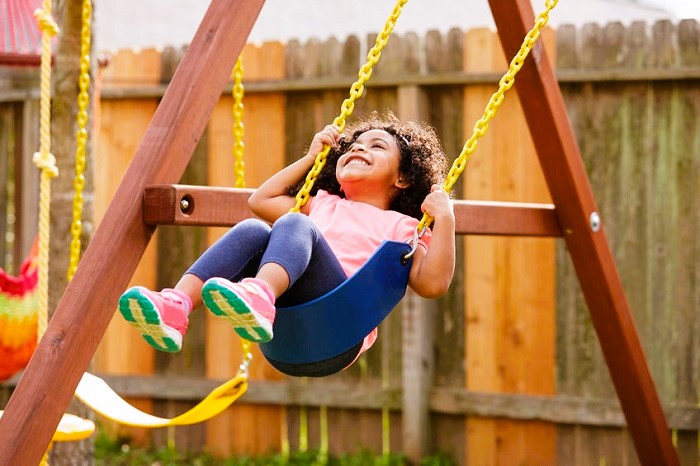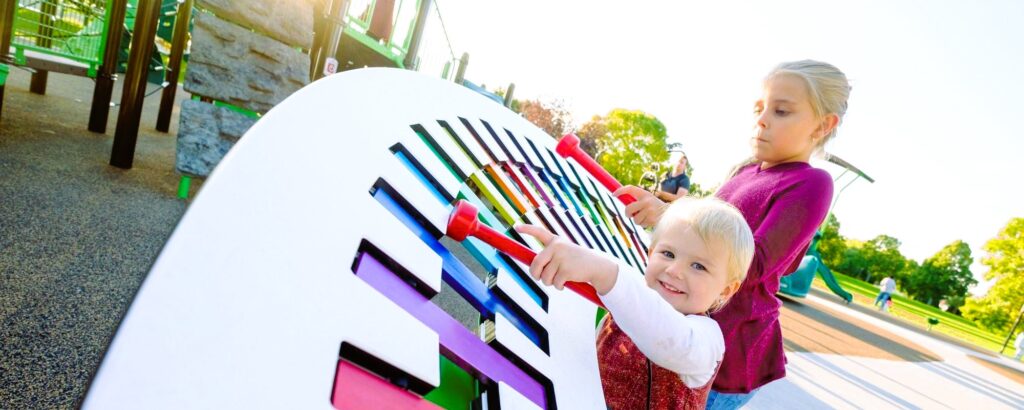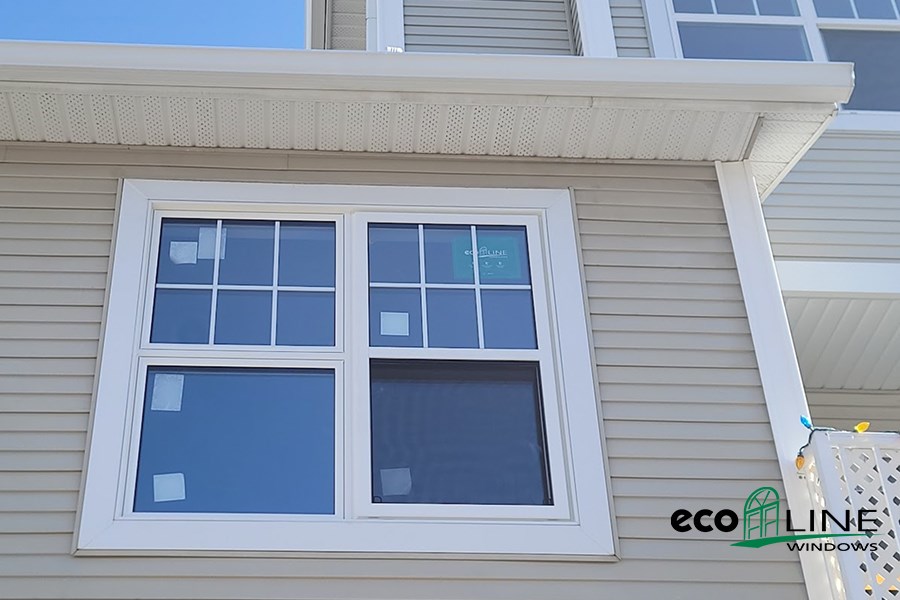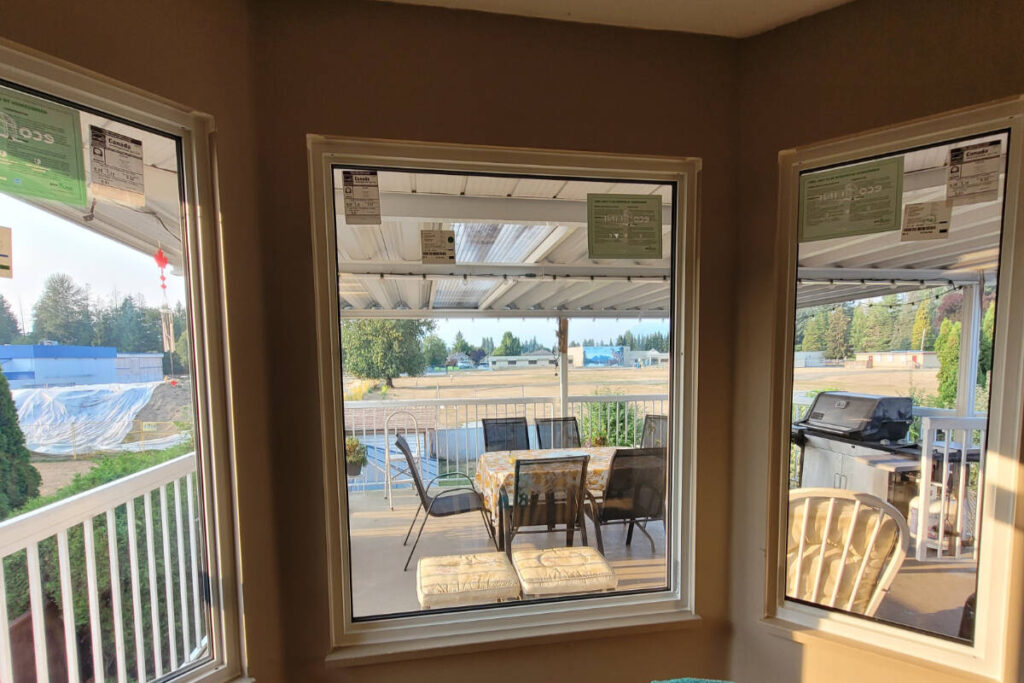
A backyard playground is a dream come true for many families. It provides a safe and fun environment for children to play and exercise while enjoying the fresh air. Whether you have young kids or want to create a space that appeals to all ages, a well-designed backyard playground can be a valuable addition to your home. In this article, we will explore the steps to creating a playground in your yard, with a focus on safety and entertainment.
1. Planning and Design
The first step in creating a playground is careful planning and design. Consider the available space, your budget, and the age group of the children who will use it. Sketch out your ideas and decide on the playground’s layout, including the placement of equipment and safety measures.
2. Safety First
Safety is paramount when creating a playground. Here are some safety considerations:
- Play Surface: Choose a soft, impact-absorbing surface material to reduce the risk of injuries from falls. Options include rubber mulch, pea gravel, or certified playground surfacing.
- Equipment Placement: Ensure there is enough space around each piece of equipment to prevent collisions. Maintain a safe fall zone with protective surfacing.
- Equipment Maintenance: Regularly inspect and maintain playground equipment. Check for loose bolts, sharp edges, or any signs of wear and tear. Make repairs promptly.
- Age-Appropriate Features: Select age-appropriate equipment and activities to match the children who will use the playground.
- Supervision: Always supervise children while they play, especially younger ones.

3. Choosing Playground Equipment
Playground equipment should be both entertaining and safe. Common options include:
- Swings: Swings are a classic playground staple. They come in various styles, from traditional swings to tire swings and infant swings.
- Slides: Slides provide endless enjoyment for children. Ensure they have sturdy handrails and a smooth, safe surface.
- Climbing Structures: Climbing structures like jungle gyms or rock walls promote physical activity and coordination.
- Sandboxes: Sandboxes are great for sensory play. Cover them when not in use to keep animals out.
- Balance Features: Balance beams and stepping stones encourage balance and coordination.
- Imagination Play: Include elements like a playhouse, pretend kitchen, or outdoor art area to spark creativity.
- Shade and Seating: Consider adding a shaded area and seating for parents or caregivers.
4. Create Zones
Divide your playground into zones for different activities. For example, have an active play area with swings and climbing equipment, a quiet zone for reading or art activities, and a shaded relaxation zone.
5. Landscaping and Greenery
Incorporate landscaping and greenery to make the playground feel like a natural extension of your yard. Planting trees, flowers, and shrubs can provide shade and visual appeal. Be cautious when selecting plants to ensure they are non-toxic and safe for children. Do you like the article? Read about Spring yard care: rejuvenation after winter.
6. Maintenance
Regular maintenance is essential for a safe and attractive playground. Here are some maintenance tasks to consider:
- Check Equipment: Inspect equipment for wear and damage. Replace or repair any damaged parts.
- Clean Surfaces: Keep the play surface clean and free of debris. Remove leaves, sticks, and other hazards regularly.
- Reapply Surfacing Material: If you have a protective surfacing material, such as rubber mulch, periodically replenish it to maintain its effectiveness.
- Inspect Anchors and Supports: Ensure that equipment anchors and supports are secure and stable.
- Clean and Sanitize: If you have play equipment that is frequently touched, such as handles and railings, regularly clean and sanitize these surfaces, especially during cold and flu seasons.
7. Rules and Guidelines
Establish clear rules and guidelines for the use of the playground. Teach children to play safely and respect others. Make sure they understand the importance of sharing and taking turns.
8. Community Involvement

Consider involving the community in the playground’s development. Seek input from neighbors and local organizations to create a space that benefits everyone. Community support can also be valuable for fundraising efforts.
9. Accessibility
Make your playground inclusive and accessible to children of all abilities. Ensure that pathways, play structures, and equipment are designed with accessibility in mind.
10. Educational Elements
Incorporate educational elements into your playground design. You can add informational signs, nature displays, or interactive learning stations to promote cognitive development.
11. Enjoyment for All Ages
Remember that a backyard playground can be enjoyable for all ages. Consider including features that adults and older children can enjoy, such as a basketball hoop, a volleyball net, or a cozy seating area.
In conclusion, creating a playground in your yard can be a rewarding project that provides a safe and entertaining space for your family. By carefully planning, prioritizing safety, and maintaining the playground regularly, you can ensure that it remains a source of joy and adventure for years to come.
For more information on playground safety and design standards, you can visit Wikipedia’s Playground.



